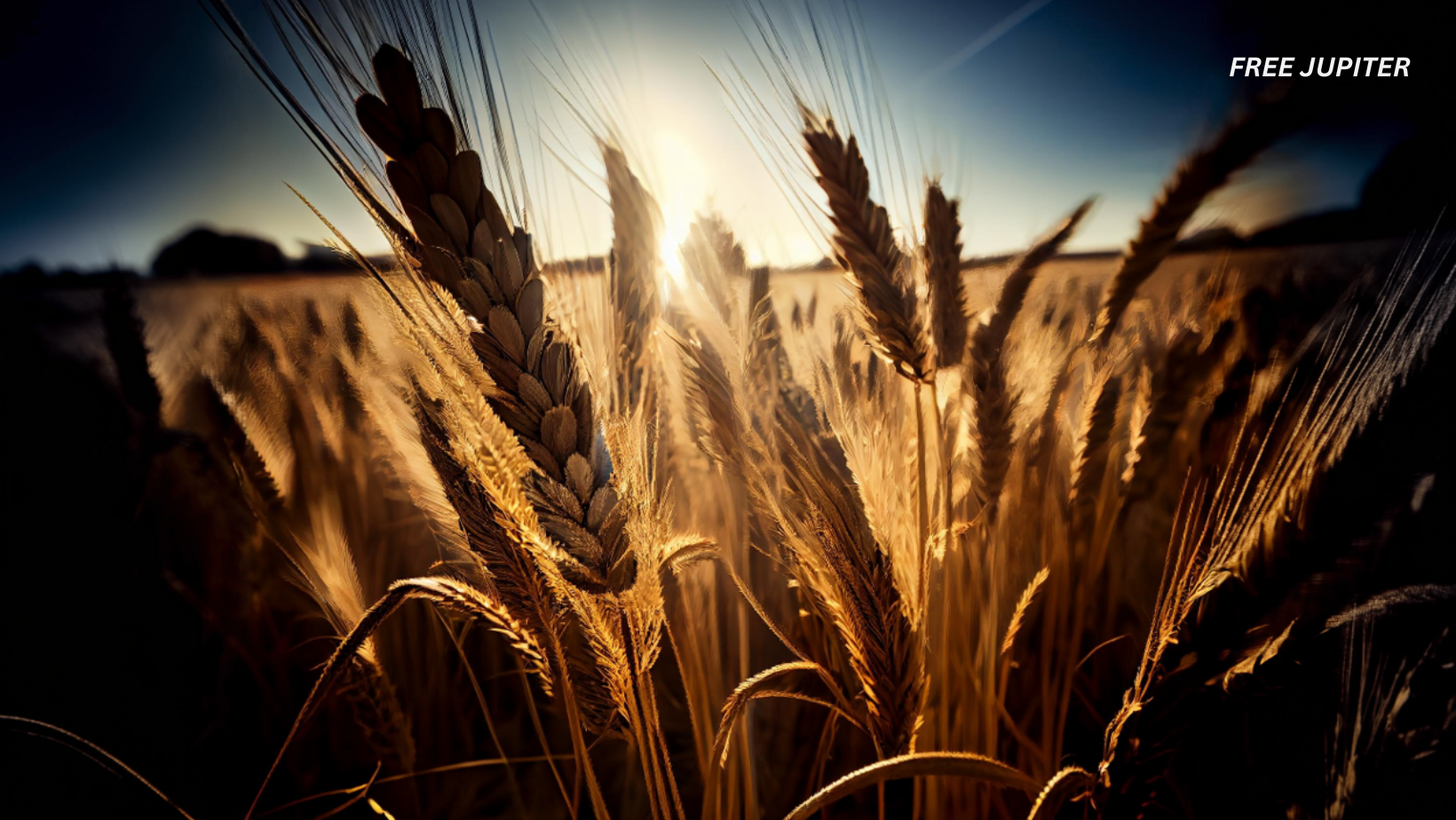When you pick up a loaf of brown bread at the supermarket, it’s natural to assume you’re making a healthier choice. The deep, rich color, the promise of “wholegrain” or “freshly baked” on the label, and the rustic appearance all suggest a wholesome product. However, the reality behind many brown breads is often more complex—and sometimes disappointing.
The Illusion of Color: Why Brown Doesn’t Always Mean Whole Grain
The dark crust of bread is often taken as a sign of whole wheat content, but this isn’t always the case. Chris Young from the Real Bread Campaign explains that the color of bread can be artificially enhanced. Some manufacturers add caramelized sugars, molasses, or other coloring agents to white bread dough to achieve a darker appearance. This process creates a visual illusion of healthfulness without the nutritional benefits of true whole grain bread.
This practice can easily mislead consumers who rely on visual cues rather than ingredient lists. The takeaway? Don’t judge a loaf by its crust color alone.
What Exactly Is Whole Wheat Bread?
True whole wheat bread is made entirely from whole wheat flour, which includes all parts of the wheat kernel—the bran, germ, and endosperm—ground into flour. This composition preserves the natural nutrients, fiber, and flavor inherent in wheat berries. According to baking science sources, whole wheat bread differs from white bread in several ways: it has a denser crumb, a stronger aroma and flavor, a darker crust, and generally a shorter shelf life due to the presence of natural oils that can oxidize.
The production process of whole wheat bread is more involved. It often includes a sponge fermentation stage where a mixture of flour, water, yeast, and sometimes vital wheat gluten is allowed to ferment for several hours. This step enhances flavor and texture but requires more time and care than white bread production.
Read more: Energy Drinks May Cause Blood Cancer: New Research
The Role of Additives: What’s Hidden in Your Loaf?
Many commercially produced breads contain additives designed to improve texture, shelf life, and appearance. Emulsifiers such as glycerol mono stearate (GMS) and sodium stearoyl lactylate (SSL) are commonly used to retain moisture and delay staling. While these additives help keep bread soft and appealing, research suggests that some, like emulsifiers, may negatively affect the gut microbiome by disrupting the balance of beneficial bacteria.
Other common ingredients include dough conditioners like ascorbic acid (vitamin C), which strengthens gluten and improves loaf volume, and enzymes that aid fermentation and dough handling. Some additives, such as azodicarbonamide (ADA) and bromate, have faced regulatory scrutiny and bans in various countries due to health concerns, though they are still permitted in others.
Sugar and fats also play crucial roles. Sugar not only sweetens but activates yeast and contributes to crust browning through caramelization. Fats like butter or hydrogenated vegetable oils improve mouthfeel and moisture retention.
Wheat Bread: A Maze of Misleading Labels
Many breads labeled as “wheat” or “whole wheat” are not entirely whole grain. Some contain refined flour with added bran or coloring agents to mimic the appearance of whole wheat. Registered dietitian Duane Mellor highlights that caramelized brown sugar or molasses are often used to deepen color, which can mislead consumers into thinking the bread is more nutritious than it is.
Whole grains provide essential nutrients such as fiber, B vitamins, and minerals. Fiber is particularly important as it supports digestive health and helps regulate blood sugar. Dietitian Sammie Gill recommends choosing breads with minimal ingredients to avoid unnecessary additives that soften bread but may not contribute to health.
Sourdough Bread: Authenticity Matters
Sourdough bread has gained popularity for its distinctive tang and potential health benefits. True sourdough relies on a natural fermentation process using wild yeast and lactic acid bacteria, without commercial baker’s yeast. This fermentation slows carbohydrate digestion and can help stabilize blood sugar levels.
However, not all breads labeled “sourdough” are authentic. Chris Young warns that many products use baker’s yeast or chemical leavening agents but still carry the sourdough label—what he calls “sourfaux.” Checking the ingredient list for the absence of commercial yeast and additives is the best way to identify genuine sourdough.
The longer fermentation time of true sourdough often means a higher price point. Some brands shortcut the process by adding yeast to speed production but market their bread as sourdough, which can confuse consumers.
The Importance of Fiber and Fermentation
Fiber-rich breads, such as wholemeal and rye, feed the beneficial bacteria in our gut, supporting digestion, immunity, and even mental health. Rye bread, known for its dense texture and earthy flavor, is especially high in fiber and can aid in digestion.
Fermented breads like authentic sourdough offer additional benefits. The fermentation process produces short-chain fatty acids, compounds that reduce gut inflammation and promote overall gut health. These benefits are most pronounced when breads are made traditionally without additives or shortcuts.
Navigating the Bread Aisle: Making Healthier Choices
Bread varieties abound, from rustic rye to seeded whole wheat. Those containing genuine whole grains typically provide higher fiber, protein, vitamins, and minerals. Experts recommend varying your grain intake to benefit from the diverse nutrients each type offers.
For example, rye bread’s robust flavor and fiber content make it a great choice for digestive health, while sourdough’s fermentation benefits can complement other whole grain options. Rotating among these breads can help maintain a balanced diet and support a healthy gut microbiome.
Gluten-Free Bread: A Special Case
Gluten-free breads are essential for individuals with celiac disease or gluten sensitivity. However, many gluten-free breads are highly processed and contain added starches, gums, and stabilizers to mimic the texture of wheat bread. These ingredients often lack the fiber and nutrients found in wholegrain breads, meaning gluten-free options are not automatically healthier for the general population.
Ancient Grains: Nutritional Powerhouses?
Breads made from ancient grains such as spelt, einkorn, or teff are gaining attention for their nutritional profiles. These grains often contain more protein and minerals than standard wheat and may be easier for some people to digest.
However, not all products labeled with ancient grains contain substantial amounts of these ingredients. Careful label reading is necessary to ensure you’re getting the benefits these grains offer.
The Bread-Making Process: A Brief Overview
Understanding how bread is made can help demystify what you’re buying. The process typically starts with mixing flour, water, yeast, and other ingredients. In whole wheat bread, a sponge fermentation stage is common, where a portion of the flour is pre-fermented to develop flavor and improve dough structure.
After mixing and fermentation, the dough is divided, shaped, proofed, and baked. Throughout this process, temperature, hydration, and ingredient quality are carefully controlled to produce the desired texture and flavor.
Read more: Scientists Create Sound That Can Curve Through Crowd To Reach Just One Person
Final Thoughts: Look Beyond the Label
Choosing truly nutritious bread requires more than trusting color or marketing claims. Spending a few moments examining ingredient lists and understanding production methods can help you avoid breads that are merely brown on the outside but lack whole grain content inside.
Moderation and variety are key. Consuming two slices of wholemeal bread daily can contribute significantly toward recommended whole grain intake, but complementing bread with other whole grains like brown rice, oats, or popcorn can diversify the fibers that nourish your gut.
In the end, the best bread is one that balances authenticity, nutrition, and enjoyment. So next time you reach for that brown loaf, take a closer look—you might be surprised by what you find.










